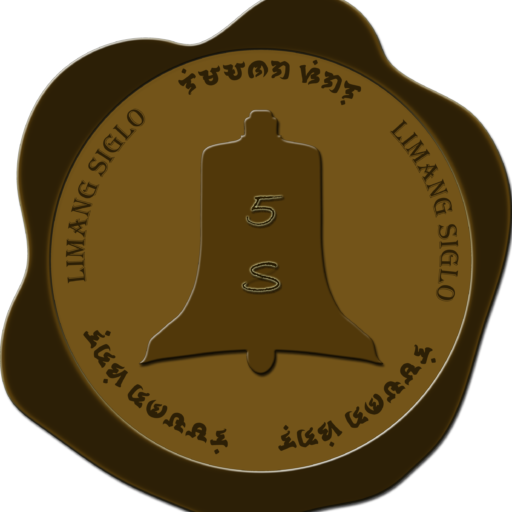By 2021, Catholicism will be in the Philippines for five hundred years. Part of the Catholic faith is to have mass in a communal place which are the Churches. A big number of these churches were built at an early stage of Catholic presence in our country. These churches were built as early as the late 1500s and completed by the 1600s. San Agustin Church in Intramuros, a UNESCO World Heritage Site, was completed around 16071 and is said to be the oldest in country.
Churches built from 1600s through mid 1900s would have little or no available technical documentation or plan anymore. Those with plans are not detailed enough that can be used for conservation management of the Church.
Our team created a paper to advocate the need of Digital Documentation ready before any work is done on any heritage site in the Philippines. The lack of documentation is a common problem in the field of heritage conservation. Even in the international front, many conservators bemoan the lack of documentation from before the end of the 20th century, before conservation was established as a profession (Pye 2001).2
Digital documentation entails a non-intrusive physical and “as-built” documentation. It uses modern technology and utilizes hardwares like cameras, total system (3D scanners) and alike. Combined with modern software, even mobile phone cameras can be used in generating digital documentation. These digital documentation are mostly under the field of photogrammetry and 3D scanning.
Digital documentation will lead to digital preservation or record of the church for the time it was scanned. The output also serves as an “as-built” plan or digital blue print for church which can be used as a technical guide for any work needed to be done or as a basis of what changes happened to the church.
These plans are also essential in management of these old and mostly fragile structures. In catastrophic events, natural or man-made, it has been proven that these digital documentation proved to be the only source of restoration and recovery of the church to be as close as possible to its original state.
When the Bohol earthquake struck in 2013, restoration work were mostly aided by old references and pictures to approximate how the churches would be re-built. The restoration work was done using the ideas of “professionals” given the lack of a plan to guide them.
On April 2019, a major fire hit a famous landmark in Paris, the Notre Dame Cathedral. After the accident, the first source of data presented for reconstruction was a 3D scan of the cathedral done years back. The scan was comprehensive enough to provide all detail for architects and engineer toapproximate the proper look and material for the restoration. The scan done by previous historians was key in doing plan to restoring the cathedral.3
An exact digital replica of the building was captured by a architectural historian, Andrew Tallon, in 2015. He used lasers to map the entire cathedral.4 Without the 3D scan, it would be very hard to replicate what was the actual structure prior to the fire.
There are a lot effort to preserve churches, however, there are minimal efforts on doing digital preservation. Digital preservation entails a comprehensive photogrammetry and 3D scan of the church and possibly its assets. This is a much needed effort that must be done as soon as possible. The output is vital and necessary for any conservation work in the future.
Some churches, through the help of the local community, are fortunate enough to have a digital documentation of their churches. The documentation have been critical for them to path the way forward for managing the churches. However, majority of the churches in the country does not have digital documentation.
The objective of the project is to do digital documentation of as much, if not all, heritage churches in the Philippines by the end of year 2021. Digital documentation is a comprehensive and tedious process that will require resources. The resources needed to completely produce a digital documentation is significant that it will require serious support from the local community. While donation and volunteerism is much welcomed, a sustainable model has to be done to complete this gigantic task.
The objective of Limang Siglo is to use the digital documentation and provide creative venues for commercial support of the project. Using the output of the documentation, and use of modern digital channels like social media and alike. With creative use of the output, instead of funding the project on traditional grants, marketing values and placements can be offered to community and corporate sponsors.
The initial phase of the project is to scan all churches in the Philippines and once done, a regular scan can be done in the future so historical digital snapshots can be done and used as comparison to manage changes happening to the church.
A big part of the project is also advocacy and training local team to make sure it becomes a local endevour and a sustainable one. All materials that will be used for advocacy and training will be hosted online and will be placed under creative commons license so it can be freely distributed and shared. The detailed scan will be donated to the church involved for safe-keeping and basis for their Conservation Management Plan (CMP)
Let’s all work on digitally preserving our churches on to the next 500 years!
